I have never noticed this up until a few weeks ago, but the plaster works are not all the same in their particular shape. (if that makes any sort of sense) The labeled areas are what i'm talking about in this post.

Starting first with the red circles. (left first, then right) Notice the change in pattern between the two. They are directly opposite each other in the church.


Same thing for the blue circles (the two below, left to right).


The two below are noted by the arrows. (they alternated back and forth down both sides of the body of the church)


Now, I'm not one to analyze things like these (i hate analyzing to begin with) But does anyone catch any symbolism in any of the plaster works?
Next post...the rest of the various works of plaster around St. Mary's.
Next post...the rest of the various works of plaster around St. Mary's.
.png)
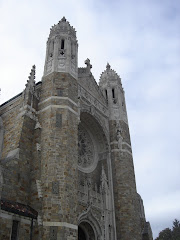







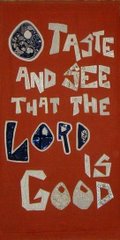
.png)
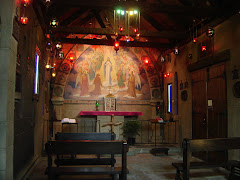






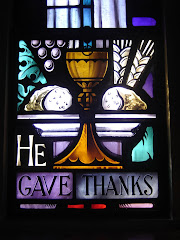
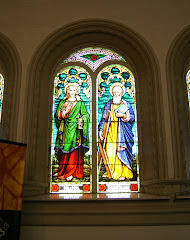
6 comments:
Please don't ever describe any Mass as boring. No matter what the human element does to dull the visible and apparent splendor, no Mass - EVER - is boring. There were more saints and angels in that building than you will know until you join their number.
That being said, it is a rather common feature in older churches for artisans who worked on them to include features that would likely never be seen or noticed by anyone. I was in a choir loft of an 1880s build church just a few months ago examining the installation of a new-to-them (but not new) organ (it was saved from another church being torn down)... I got to see something that no one likely had seen in over 100 years - the way that the artisans who re-painted the church after it was built, squeezed behind the old organ and painted in the closest of quarters (they had to have been cramped and it had to have been time consuming) to keep perfect continuity and integrity of the design.
They didn't do it because anyone would ever see it, they did it because God can. Ditto on the carvings and gargoyles and the like in old Euro churches that are well past eye-level. Details in the statuary of Notre Dame in Parish - details the naked eye cannot see from the ground - are there and magnificent not for our benifit, but His.
my next posts will deal with more finer details to look at. I hope to get some submissions from people on the topic i'll bring up. Get people looking!
At St. Mary's Church in Sandusky there are 10 pillars. The capitals on each pillar are different. You probably wouldn't notice this, unless you were sitting in the church and just looking at the pillars.
The stone carver who created the capitals carved each one by hand. This was one way of displaying his talents.
Our capitals have always been painted and only the subtle highlight of different designs helps to point out the differences to those who know to look.
You would think that Sandusky...just being a short drive away, I'd go up there and take pictures...but i haven't got that far. I will remember that when i do make it up there.
Try St. Hedwig's ...
I expect that the plaster ornaments are different because they were, in fact, most likely stock pieces ordered by Ginter from a catalogue, and not made on-site. This may seem like a modern concept, but many of the decorous elements that we find in nineteenth-century buildings, such as Saint Mary's in Norwalk, were fabricated in this way. Saint John Cantius in Chicago, by Adolphus Druiding, is perhaps one of the most flagrant examples of this phenenomenon.
Post a Comment